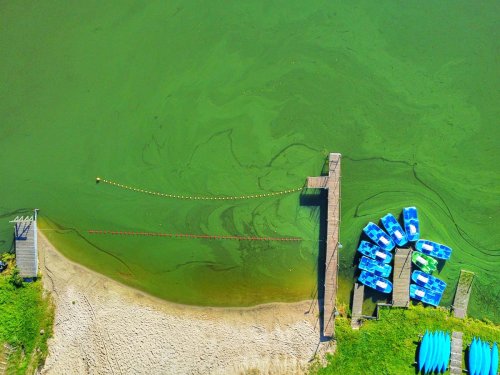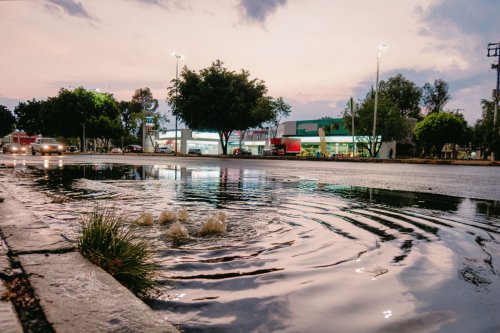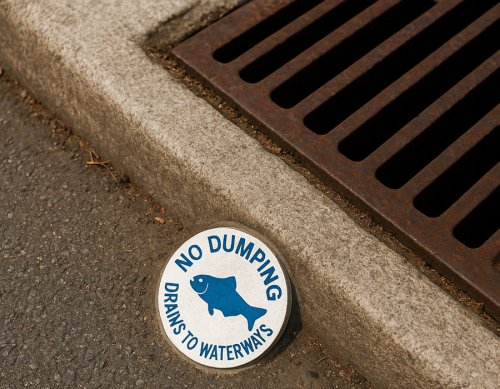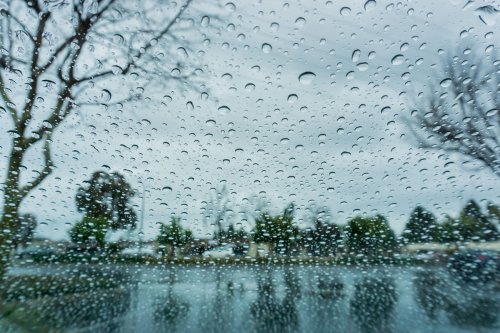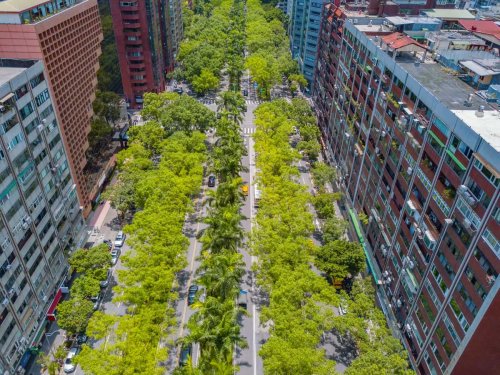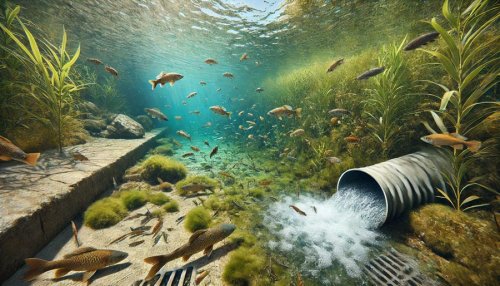Phase I vs. Phase II MS4: What’s the Difference?
Phase I and Phase II of the MS4 program are both essential to protecting our nation's water resources from the harmful effects of stormwater runoff. By understanding the distinctions between the two phases, municipalities can better navigate their regulatory responsibilities and implement effective stormwater management strategies. Whether large or small, every community has a role to play in keeping our waterways clean and resilient for generations to come.

The Municipal Separate Storm Sewer System (MS4) program is a critical component of stormwater regulation in the United States, established under the Clean Water Act and administered through the National Pollutant Discharge Elimination System (NPDES). The program is implemented in two distinct phases - Phase I and Phase II - each with specific requirements, timelines, and target municipalities. This article explains the key differences between Phase I and Phase II MS4 regulations and their implications for stormwater management.
Background of the MS4 Program
MS4 systems are designed to collect and convey stormwater runoff, typically through storm drains and pipes, discharging it into local waterways without treatment. Recognizing that stormwater can carry harmful pollutants, the U.S. Environmental Protection Agency (EPA) established the MS4 program to control these discharges and protect water quality.
The MS4 program was rolled out in two phases:
Phase I (1990)
Phase II (1999)
Each phase targets different types and sizes of municipalities and requires the implementation of specific stormwater control measures.
Phase I MS4: The Starting Point
Phase I, established in 1990, applies to:
Large and medium municipalities with populations of 100,000 or more
Certain industrial activities and construction sites disturbing 5 acres or more
Key requirements for Phase I municipalities include:
Development of a comprehensive stormwater management program
Implementation of Best Management Practices (BMPs) to reduce pollutants
Creation of a stormwater pollution prevention plan (SWPPP)
Monitoring and reporting stormwater discharges to regulatory agencies
Phase I programs are more robust due to the size and complexity of the covered municipalities. These municipalities must create tailored plans that address specific local pollution sources and prioritize public health and environmental protection.
Phase II MS4: Expanding the Reach
Phase II, launched in 1999, extends MS4 regulations to:
Smaller urbanized areas with populations between 10,000 and 100,000
Construction sites disturbing between 1 and 5 acres of land
Phase II requires these municipalities to develop and implement a Stormwater Management Program (SWMP) that addresses six minimum control measures:
1. Public Education and Outreach
2. Public Involvement and Participation
3. Illicit Discharge Detection and Elimination (IDDE)
4. Construction Site Runoff Control
5. Post-Construction Stormwater Management
6. Pollution Prevention and Good Housekeeping
Unlike Phase I, which demands more individualized planning, Phase II provides a standardized framework suitable for smaller communities with fewer resources.
Key Differences at a Glance
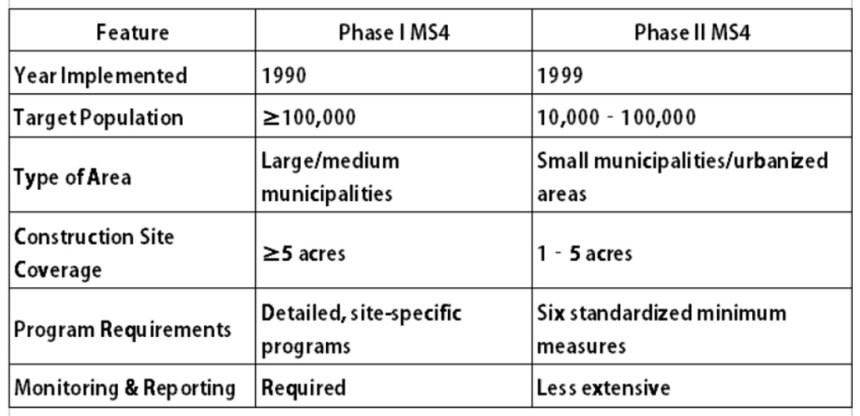
Why the Two-Phase Approach Matters
The phased approach allows the EPA to tailor stormwater management regulations based on the size, capacity, and risk level of different municipalities. Large cities often have more complex stormwater systems and greater potential for pollution, necessitating rigorous oversight. Smaller municipalities, while still impactful, benefit from more structured guidance and scalable expectations.
This differentiation ensures that communities of all sizes are contributing to the reduction of stormwater pollution without being overburdened by one-size-fits-all regulations.
Phase I and Phase II of the MS4 program are both essential to protecting our nation's water resources from the harmful effects of stormwater runoff. By understanding the distinctions between the two phases, municipalities can better navigate their regulatory responsibilities and implement effective stormwater management strategies. Whether large or small, every community has a role to play in keeping our waterways clean and resilient for generations to come.










